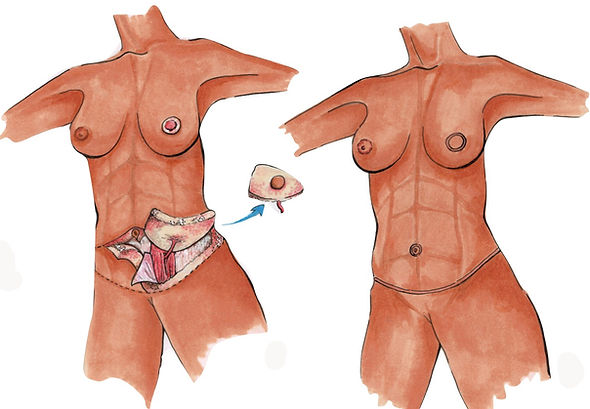
The toxin can be injected depending on the type of spasticity. The effect of the toxin on muscles lasts between three and five months. The duration of the effect of the toxin depends on many factors.
Spasticity treatment
Several studies have shown positive results with botulinum toxin treatments for spasticity in patients with cerebral palsy. The treatment's effectiveness depends on several factors such as the muscle selection and age of the patient, as well as the therapy that is used. In a phase III clinical trial, letibotulinum toxin A was more effective than placebo. Secondary analyses examined the number and effectiveness of injections. Spasticity was defined as a change on the physician rating scale.
Botulinumtoxin injections generally begin to work within two weeks. One injection of botulinum can produce a lasting effect that lasts up to six month, though the effects fade after a few weeks. Several injections may be needed to keep the effect for as long as possible. To maximize the effects of botulinum toxins, patients may need occupational therapy and physical therapy.

Treatment of hyperhidrosis
Botulinumtoxin type A has been shown to be a good treatment for primary hyperhidrosis. The desired effects can be seen up to six times per month. This treatment is very affordable and can be used to treat axillary Hyperhidrosis. This treatment is more effective than other options due to its safety and shorter recovery times.
Primary focal hyperhidrosis can often be treated with symptoms that are unsatisfactory. Botulinumtoxin A is injected under skin to block the release acetylcholine, a neurotransmitter which mediates sympathetic nervetransmission in sweat glands. The treatment with botulinum toxins A has proven successful in treating excessive sweating. This has resulted in a dramatic improvement of the patient's quality-of-life.
Treatment of movement disorder
Botulinumtoxin has recently been found to be beneficial in the treatment of patients with movement disorders. The dosage and the manner of administration will affect the effectiveness of the treatment. This article will discuss the effectiveness of the medication, its indications and the research that supports it.
Botulinum toxins can be used to treat a variety of movement disorders, including cervical dystonia (overactive muscles in the neck) and generalized dystonia (muscle weakness that affects many muscle groups. The treatment has also been used to treat symptoms associated with young-onset Parkinson's disease, such as motor fluctuations and dyskinesias. Other uses include the treatment for tremor, disorders such as drooling & constipation.

Safety of botulinum toxin
Botulinumtoxin type A (Botox), a neurotoxin, inhibits acetylcholine formation by inhibiting the docking acetylcholine-vesicles at a cell membrane's inner surface. This prevents the acetylcholine to reach neuromuscular Junctions, which causes contraction of muscle fibres. The effect of this toxicity is the loss of muscle tone in the area treated.
Similar results were obtained using the Vancouver scar scale (VMS), and the visual analogue (VAS). The MD of scar width was -1.06 (99.5%CI: -1.10 to 0.022). In the other study, a single botulinum toxin treatment produced a 0-mm scarring, with no significant differences between treatments. While the design of this new study is promising, future research should consider how different injection periods and doses can be used.